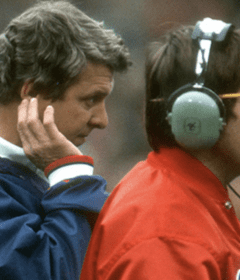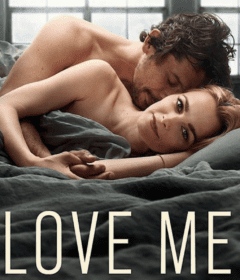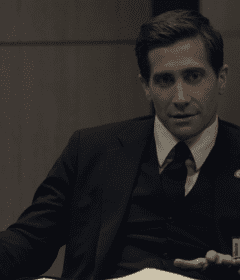American Fashion Designer Halston
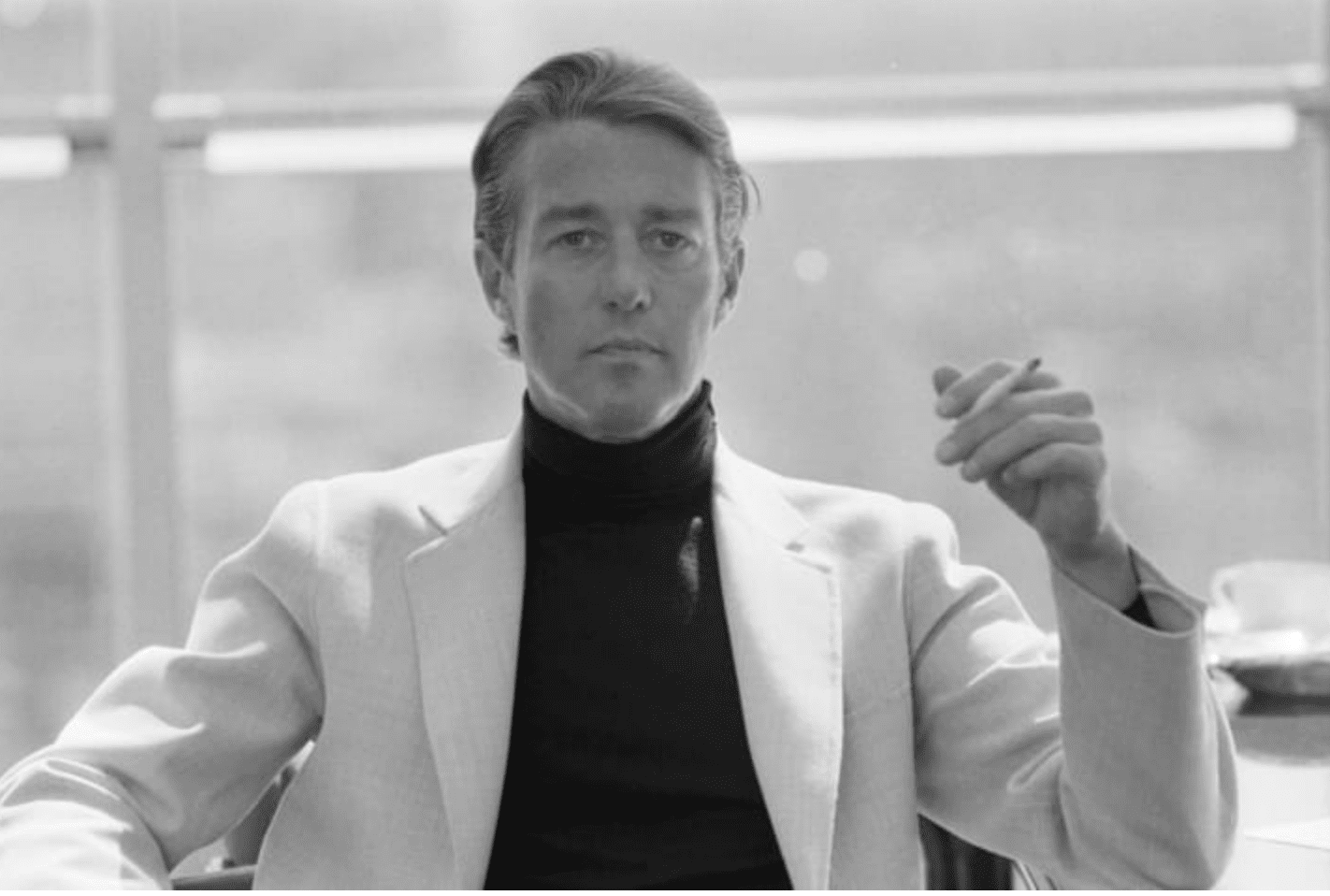
American Fashion Designer Halston – Roy Halston Frowick, known mononymously as Halston, was an American fashion designer who rose to international fame in the 1970s.
His minimalist, clean designs, often made of cashmere or ultrasuede, were a new phenomenon in the mid-1970s discotheques and redefined American fashion.
Halston was known for creating a relaxed urban lifestyle for American women through a licensing deal – Halston III line for JCPenney.
The line debuted in JC Penny stores in 1983, and with it the first truly masstige fashion line, a mass market fashion line developed/licensed by a high-end designer or brand, was born.
He was frequently photographed at Studio 54 with his close friends Liza Minnelli, Bianca Jagger, Joe Eula, and Andy Warhol.
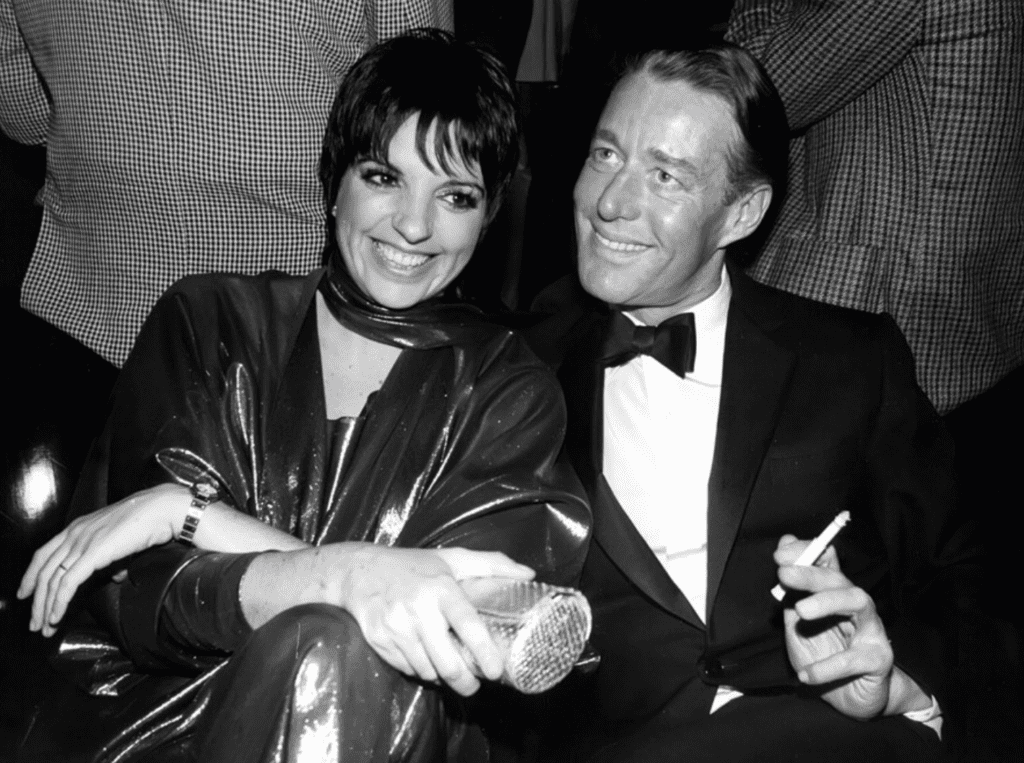
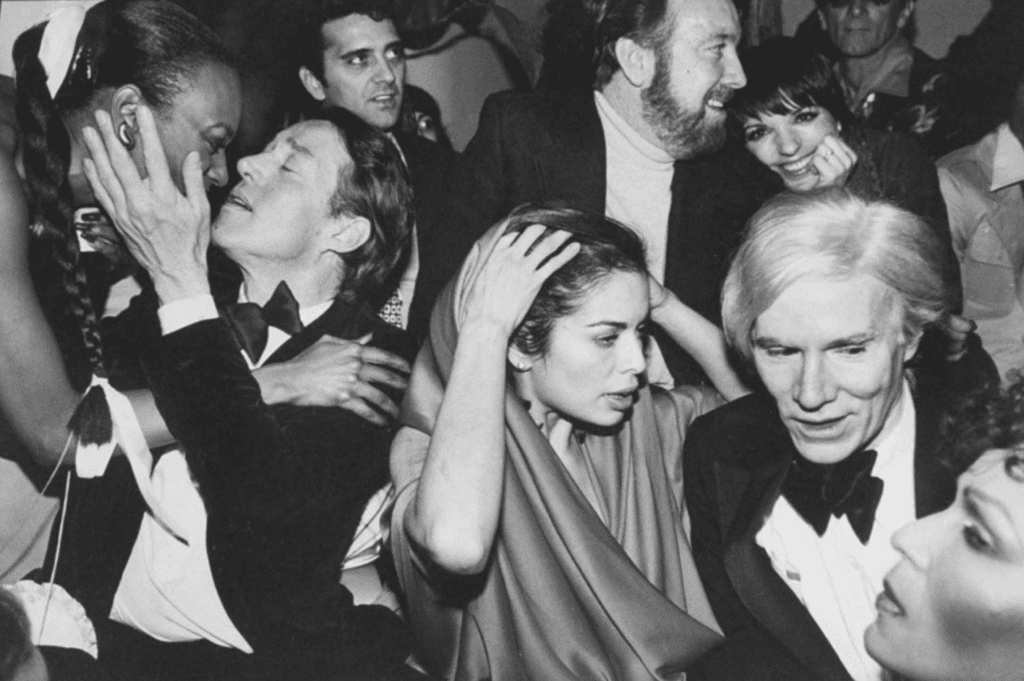
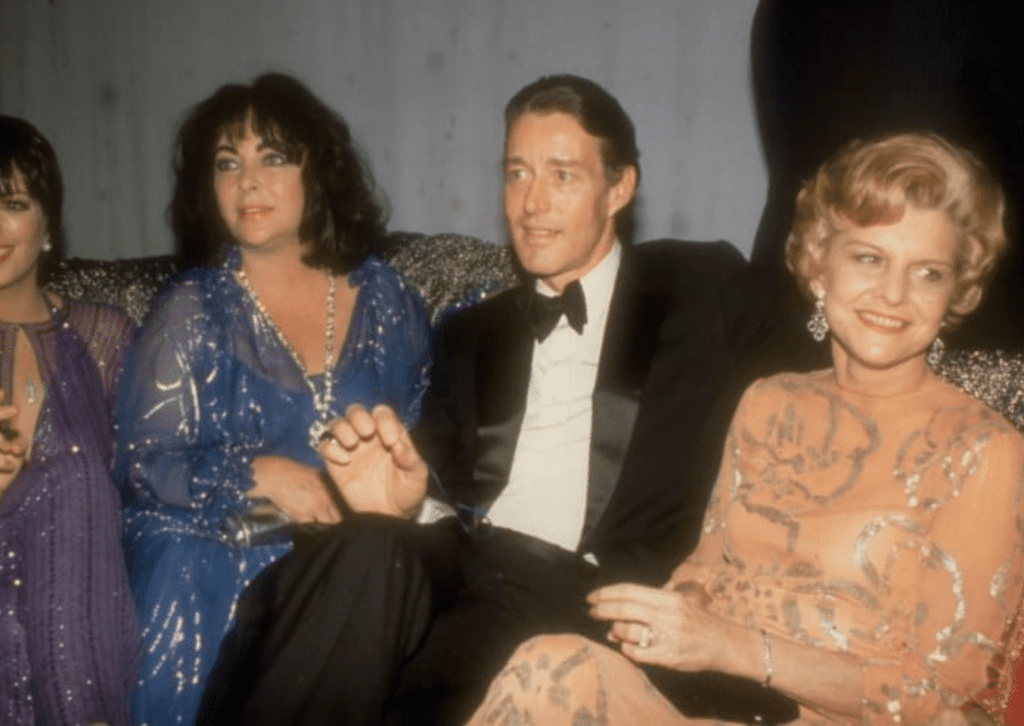
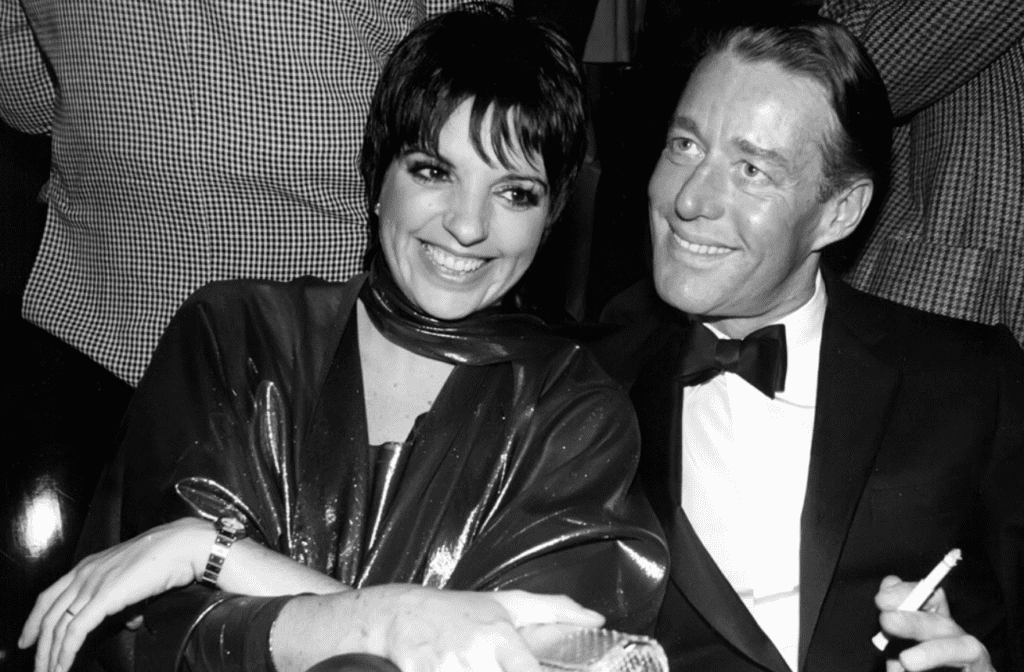
In the early 1950s, while attending the School of the Art Institute of Chicago, Halston began a business designing and making women’s hats.
He garnered a well-known clientele and opened a store on Chicago’s Magnificent Mile in 1957.
He later became the head milliner for high-end New York City department store Bergdorf Goodman.
His fame rose when he designed the pillbox hat Jacqueline Kennedy wore to the inauguration of her husband, President John F. Kennedy, in 1961.
In the late 1960s, Halston made the transition to women’s clothing, opening a boutique on Madison Avenue in New York and started a ready-to-wear line.
After several ill-advised business decisions, Halston eventually lost control of his fashion house in the 1980s.
He died of AIDS-related cancer in 1990 at the age of 57.
Halston’s Approach to Work – Analytical, Problem-Solving
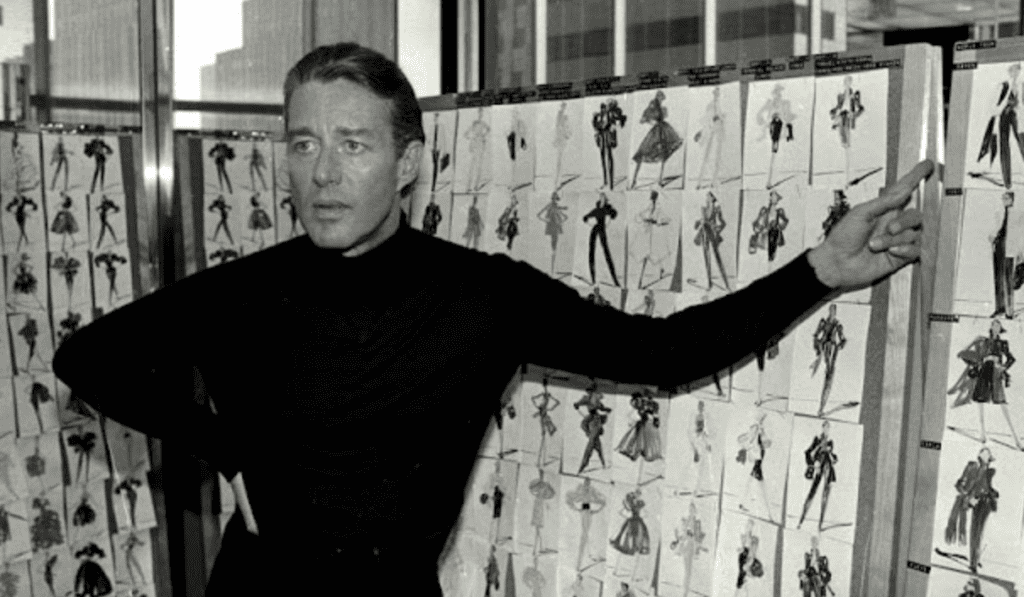
Halston’s Approach to Work
Halston described his approach to his work as analytical, and one aim of his problem-solving was to create clothing that worked for the everyday lives of American women of all sizes and, through licensing via an ahead-of-its-time deal with JC Penney, means.
Whether designing for the runway or the department store, Halston’s pieces belied their artfulness, and that is the designer’s true signature: never-let-them-see-you-sweat glamour with structural integrity. “Halston was not just a stylist,” eulogized the stylist Polly Mellen. “He could drape, he could design, he could cut.
He had done his homework.
It was instinctive with his hands.
From his head to his heart to his woman.
Known as the first superstar fashion designer, Halston capitalized on the changing styles and consumer culture in the second half of the 20th century, revolutionizing fashion while also building a business empire.
Born into humble Midwest beginnings, Roy Halston Frowick would become one of the most widely recognized names in fashion in the ’70s and ’80s.
Halston’s Designs for the Girl Scouts of America, the U.S Olympic Team and the First Lady
His designs were worn by seemingly everyone: athletes at the 1976 Olympics, movie stars, and First Ladies–he even designed Girl Scouts’ uniforms.
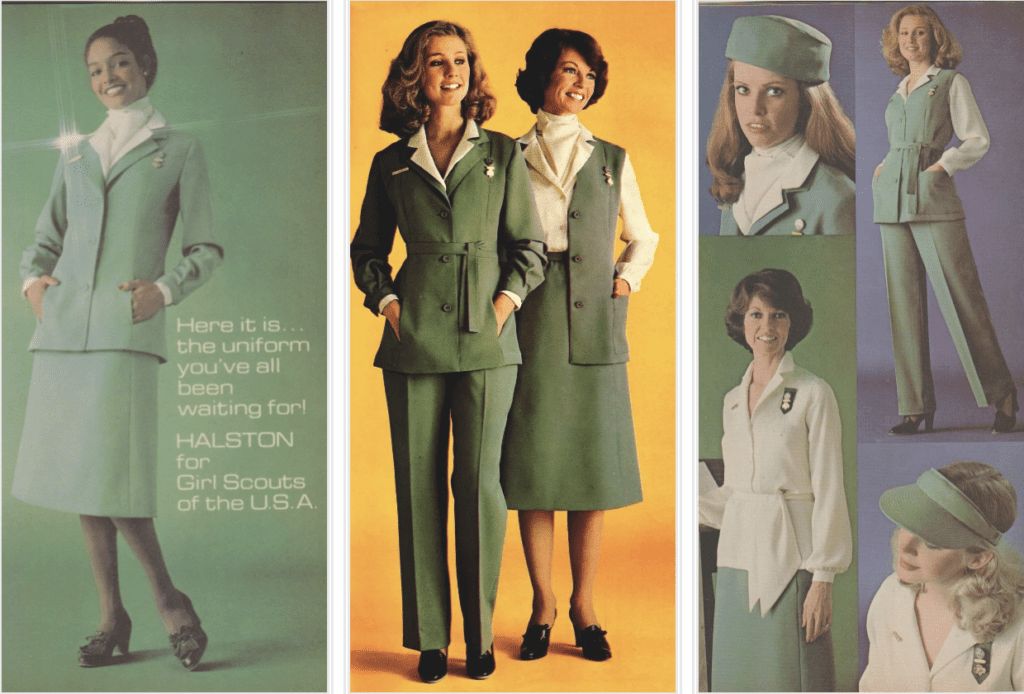
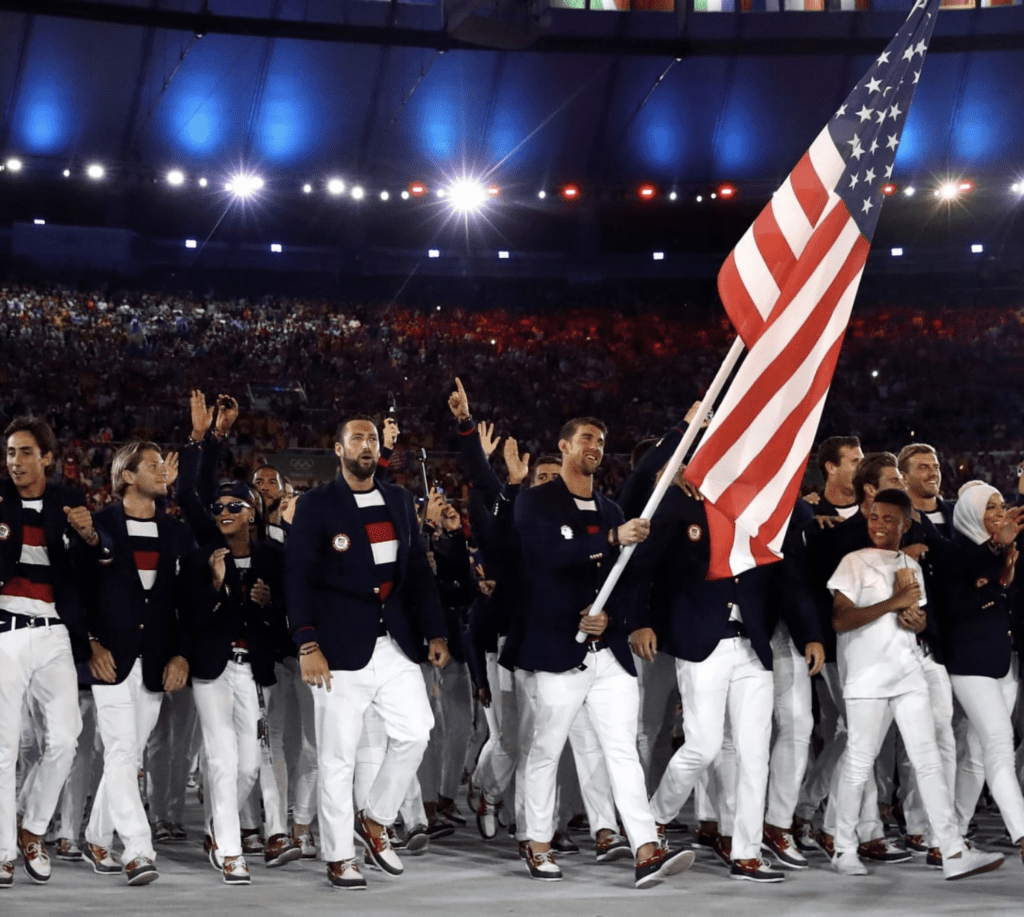
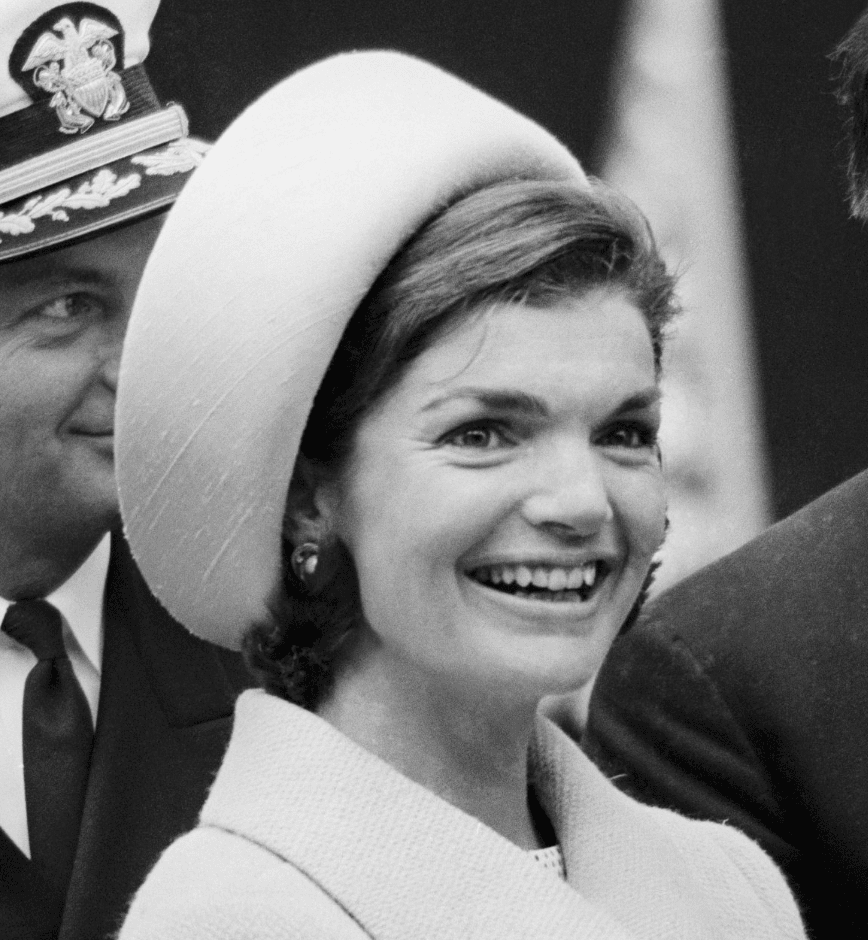
American Fashion Designer Halston – The iconic American designer had a glamorous social life.
But his story was also full of drama, with exorbitant spending habits, a penchant for drug use, and a history of explosive love affairs.
Yet Halston continued to micro-manage his empire, hand-designing clothes worn by everyone from American Girl Scouts, whose official uniforms he redesigned, to Avis car rental workers and US athletes at the 1976 Olympics
A regular at Studio 54 and friends with A-listers like Liza Minnelli, Andy Warhol, and Bianca Jagger, Halston was an early influencer.
Profile of American Fashion Designer Halston
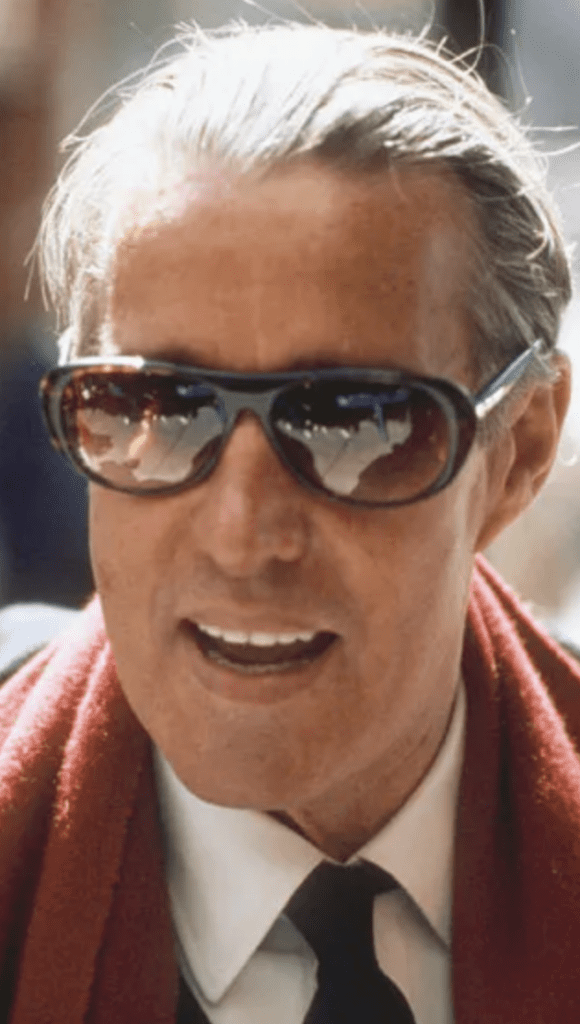
American Fashion Designer Halston
At the height of his fame, fashion designer Roy Halston Frowick’s empire included couture, ready-to-wear, fragrances, and even uniforms, accessories, and housewares.
Roy Halston Frowick was born on April 23, 1932, in Des Moines, Iowa, the second son of accountant James Edward Frowick who was of Norwegian descent and his stay-at-home wife Hallie Mae (née Holmes).
Halston developed an early interest in sewing from his grandmother and he began creating hats and altering clothes for his mother and sister.
He grew up in Des Moines, and moved to Evansville, Indiana, at the age of 14.
He graduated from Benjamin Bosse High School in 1950.
He briefly attended Indiana University.
Known as the first superstar fashion designer, Halston capitalized on the changing styles and consumer culture in the second half of the 20th century, revolutionizing fashion while also building a business empire.
Born into humble Midwest beginnings, Roy Halston Frowick would become one of the most widely recognized names in fashion in the ’70s and ’80s.
The iconic American designer had a glamorous social life.
A regular at Studio 54 and friends with A-listers like Liza Minnelli, Andy Warhol, and Bianca Jagger, Halston was an early influencer.
But his story was also full of drama, with exorbitant spending habits, a penchant for drug use, and a history of explosive love affairs.
A new Netflix miniseries – Halston, is out now on the streaming platform, chronicles the rise and eventual fall of Halston, played by Ewan McGregor.
American Fashion Designer Halston – A Chronology
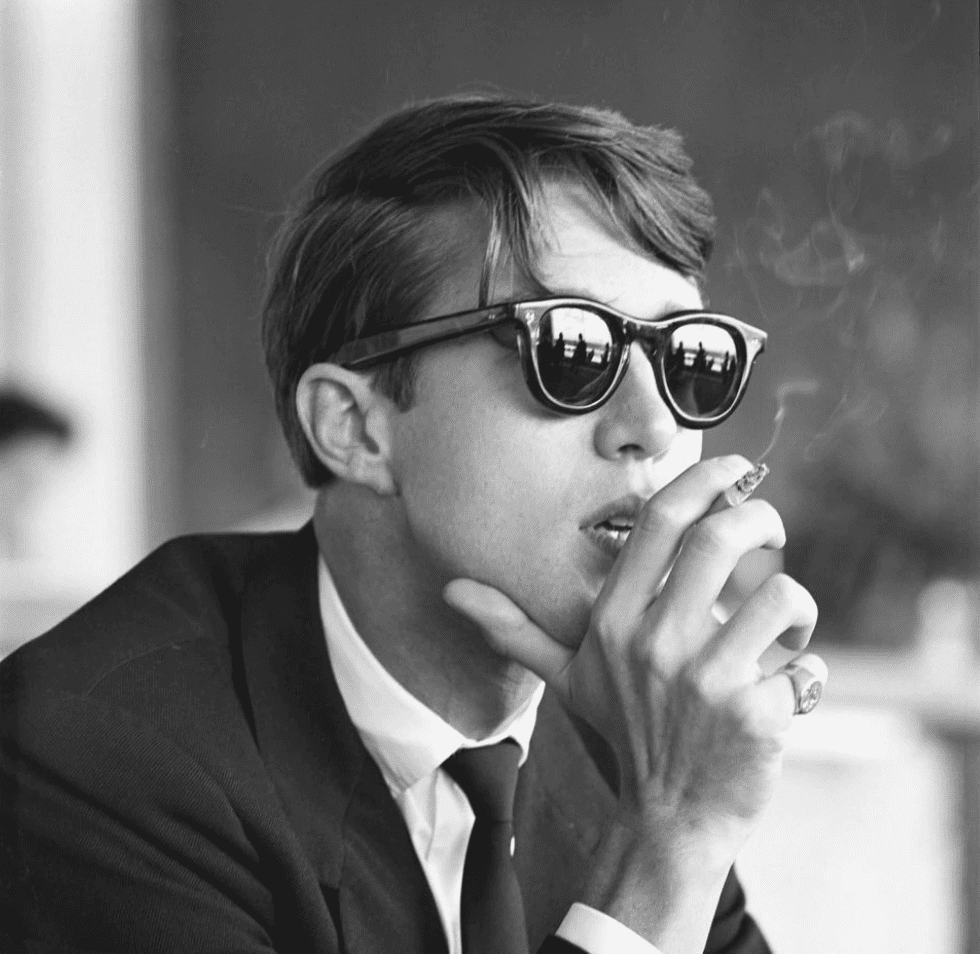
A Chronolgy of Fashion Designer Halston’s Career
1966
Meets Liza Minnelli, who will become a dear friend and devoted client.
Halston starts designing clothes, which sell at Bergdorf’s in the Halston Boutique. “It was a smash,” reported Vogue. “ ‘I have always had ambition. I have always had the energy. I have always had success,’” the designer says.
Creates many of the dramatic masks worn by guests to Truman Capote’s exclusive Black and White ball.
1968
Goes solo, establishing his business on a multi-floor building on the Upper East Side.
His dramatic salon features a tented ceiling, red fabric-covered walls, and dramatic chairs made of horns.
Taps Warhol superstar Pat Ast as vendeuse. “The late Babe Paley was his first customer; Jane Engelhard was his second,” reported Vogue.
1969
Champions “the total look,” comprising interchangeable separates and accessories.
Halston’s winning formula, observes the Los Angeles Times, is to offer “a variety of simple, of-the-moment clothes that are unlined and essentially unconstructed.
The couture concept of one man dressing up one type of woman in one look, while the rest of the world waited breathlessly to follow, ended when Balenciaga retired.
No one today can dress everyone.’”
Receives second Coty Award.
February, April, September, October & December 1970
“In just one year,” notes Vogue, “Halston has become such a super source of fashion—he seems to know what we want, and should have, to wear.”
In an article titled “The Halston Cult,” critic Eugenia Sheppard writes: “Unlike many designers who set out to please,” Halston is a steadfast pillar of one kind of tastes—always casual and underdone.
The Courier Journal & Times reports: “One of the first to show a variety of lengths when it comes to hemlines, Halston says, ‘The point is to be comfortable. If you have nice legs, by damn, you want to show them. We have to abandon the idea we all have to look alike. We have to do what’s best for ourselves. That’s the secret of fashion.”
“Everything in the collection moves, wraps, and blows,” The Washington Post enthuses.
Bill Cunningham, writing for The Chicago Tribune, champions Halston’s tie-dye caftans and short shorts and explains that “the personalities in a Halston show are half the excitement.
His models—Heidi, Naomi (Sims), Pat (Cleveland), and Marina (Schiano)— each projects her own kind of theater in her interpretation of the clothes she wears, whether naughty shorts or sensual jersey gowns.” (Loulou de la Falaise and Pat Ast had exits in that particular spring show as well.)
March, April & September 1971
“As the ’70s unfold, a new crop of fashionables is emerging to replace the Old Guard,” reports critic Marian Christy. “Designer Halston, tall and handsome as a Viking king, is 37 and about to make his first million by catering to his faithful Beautiful People clientele and the New Fashionables who have become the major influences and whose names will eventually become household words.”
Halston tells The Miami Herald: “I believe in simple, uncluttered, packable, crease-resistant clothes. I stay away from the fancy stuff. There are enough designers who do that kind of thing. Clothes are becoming more tactile. We like them to feel good, as well as look that way.”
Receives third Coty Award.
February, June, August & October 1972
Opens Madison Avenue boutique. (Stephen Sprouse is part of the Halston team at this point).
Sly Stone marries Kathy Silva at Madison Square Garden wearing Halston.
Writes Detroit Free Press: “Halston’s cashmere sweater dress is symbolic of the casual approach to fashion he finds meaningful now. ‘It makes life simple…you can sit on the floor. It doesn’t look so dressy-uppy.’ Dressy-uppy is his favorite way to describe women who have not found themselves.”
Tells The Boston Globe: “Good fashion must last for a few years. I know it’s a different school of thought from the French haute couture—but I don’t believe the modern American woman likes the idea of twice-yearly makeovers. Neither do I.”
Has a smash hit with a $180 Ultrasuede shirtdress that’s described as “the uniform of the moment. And it remained one.
Four years later The New York Times would write: “A Halston Ultrasuede dress is a status security blanket worth every penny of the $360 it sells for these days.
And you can wash it.
The success of the Ultrasuede shirtdress (42,000 units were sold) probably tells more about Halston than all the sexy numbers he produces for blade-thin models.
As a designer, he is infinitely kind to women—all women.
Accepts Coty Award with an unsettling “onstage happening” by Andy Warhol, featuring Pat Ast jumping out of a cake and Donna Jordan flashing the crowd.
March, June, October & December 1973
The Christian Science Monitor News Service credits Halston with “ushering in the age of serenity.” ‘Halston got rid of the junk,’ ” noted one of their interviewees. “‘He stripped down to the essentials, making clothes seem less important than the woman who is wearing them.’”
“European designers make fancier clothes for a fancier lifestyle, but the American look has become the most important in the world market today,” Halston tells Vogue. “All of a sudden women are not letting other people tell them what is fashionable; they decide,” he adds.
Sells business to Norton Simon conglomerate for a purported $16,000,000.
“I couldn’t be more pleased and proud of the whole merger,” the designer told The Los Angeles Times. “It’s the first time that a major business (over a billion and a half earnings for the last fiscal year) has been interested in the creative aspects of fashion.”
The deal allows Halston names to be licensed but for the designer to approve of its use.
Halston participates in the Battle of Versailles, a charity fashion show pitting five French designers against five Americans.
Each section clearly showed the character and personality of the designers, with both coming through loud and clear in the clothes,” noted an observer at the time. “Bill Blass loving super chic; Oscar de la Renta, warm and sensuous; Anne Klein, USA all the way, commercial and snappy; Halston, super-effort decadence; Stephen Burrows, personality plus.”
The overwhelmingly positive reaction to this bunch later confirmed an earlier observation by The Philadelphia Inquirer that “the pendulum seems to be swinging away from the snob appeal of European fashions to the all-American look.”
1974
Purchases Paul Rudolph–designed townhouse on 101 East 63rd Street, which he describes to a reporter as “a New Yorker’s dream.”
It also becomes party central for the Halston/Warhol crowd. (In 2019, Tom Ford will buy the midcentury gem for $18 million.)
The U.S. Olympic Committee announces that Halston and Montgomery Ward will, respectively, design and supply the uniforms for America’s teams competing in the 1975/1976 games.
“I guess you’d say I did it for national pride. I thought it would be very important to do a special sports collection for the Bicentennial year,” the designer later says.
Elected to Coty Hall of Fame.
January & February 1975
Piques critics and snubs his nose at the longer lengths shown in Paris with the introduction of a short skirt he calls “the skimp.”
Launches first fragrance in a curvily organic bottle designed by his good friend Elsa Peretti.
1977
Studio 54 opens; Halston will become a regular.
“Some trace the beginning of Halston’s fall to the Sunday night in 1977 when he first entered Studio 54,” Lisa Belkin writes in 1987. “Halston met Steve Rubell, the coowner of the discotéque, and told him of a birthday party he was throwing for Bianca Jagger the next day (May 2, 1977).
Halston asked if he could bring some friends to the club afterward; Rubell said Studio 54 was closed on Monday nights.
Halston raised one eyebrow and said, ‘Well, open it.’” The designer would later say of the fête that “it made 580 newspapers.”
February & November 1978
Moves business to the 21st floor of the Olympic Tower.
Scented with Rigaud candles, it’s filled with red lacquered furniture and an abundance of orchids.
“It’s going to be the greatest workspace in the world,” he tells Vogue, which reports: “Looking out on Rockefeller Center, Saks, St. Patrick’s, the salon has 18-foot-tall ceilings, mirrored walls to reflect Fifth Avenue hustle, Venetian red carpets, and tables.”
“Elite clientele approach him with the kind of fervor usually associated with Christ rather than clothes. But to understand Halston, you’ve got to understand Halston fashion which is hardly innovative. Halstons are conspicuously wearable, and in this time of fashion theater, wearability is a religion. He reigns supreme when fashion is splintered into too many confusing denominations,” writes Marian Christy.
Decrying the “nonsense” coming from Paris, she says, “Halston’s clothes, by comparison, are the voice of reason. He has made simplicity synonymous with chic.”
1979
“America’s top designer dances at Studio 54, but his clothes are for a more conservative crowd,” reports The Daily News in a damning piece that hinted at the designer’s alleged drug abuse. “For Halston, Studio 54 is not a source of fashion, but ‘a theater, a night club, a pretty upbeat place to sit and socialize. It’s a nice place to get away from it all.’ Strong rumor has it that a lot of people get away from it all on cocaine, and an alternative label for what Women’s Wear Daily named High Chic is Coke Clothes.”
1980
Asked to assess his own role in fashion history, in Vogue, Halston says: “I think, probably, it’s that I cleaned up American fashion at a particular point in time—I was actually called Mr. Clean. It was just getting rid of all the extra details that didn’t work—bows that didn’t tie, buttons that didn’t button, zippers that didn’t zip, wrap dresses that didn’t wrap. I’ve always hated things that don’t work.”
October & November 1982
Signs with JC Penney to design clothing and home furnishings in what The Tampa Tribune reported “is being hailed as the most significant licensing-design agreement in the history of the fashion industry.”
Vogue is enthusiastic about Halston’s higher-end collection, observing: “This is couture, American style—the details, the by-hand craftsmanship, the finely honed sense of quality are all there.
But while Halston gives you all the luxury of classic couture, this is a couture ‘relaxed’—drama in a few perfect strokes, purely American in feeling.
Here in the cool mirrored heights of Halston’s aerie in Olympic Towers, you get the essence of his mystique: narrowed shapes, moving effortlessly, revealing—and if need be, concealing— the body in sinuous ways.”
July 1983
The high-low concept is yet to catch on in fashion, and his clothes are dropped by high-end retailers, including Bergdorf’s, soon after the JC Penney deal is signed.
Many years later the designer would say of that business agreement: “What I always wanted to do was dress America, and being a dreamer, a romantic, in a way, I thought, ‘what a wonderful idea.’”
The same month Norton Simon is sold to Esmark, which is soon after taken over by Beatrice.
1984
Beatrice and Halston are incompatible.
Halston hoped to buy back his business, but the deal fell through. “The game plans had all changed, and I was invited by them to leave Olympic Towers, so I left,” the designer later told The Sydney Morning Herald.
1989
A team-designed Halston collection is presented in Olympic Towers by Revlon, who had taken over the label from Beatrice. “His spirit hovered over the collection,” Martha’s Lynn Manulis told The New York Times. “But while he haunted the premises, his energy was missing. You can’t reinvent Halston.”
1990
Halston dies of AIDS-related Kaposi’s Sarcoma cancer on March 26 in San Francisco.
“He was a man who understood theater. He understood special effects, he understood extravagance. He was never anything but strong. I loved him being opinionated. I loved him being strong,” said Polly Mellon in a eulogy. “His contribution was enormous, and he was an American designer, hooray. He was the first fashion star. Nobody has replaced Halston.”
American Fashion Designer Halston – The Popularity of the Halston Brand
American Fashion Designer Halston – Halston achieved great fame after designing the pillbox hat worn by Jacqueline Kennedy to her husband’s presidential inauguration in 1961, and when he moved to designing women’s wear, Newsweek dubbed him “the premier fashion designer of all America”.
When hats fell out of fashion, Halston moved on to designing clothing, made possible by Estelle Marsh, a millionaire from Amarillo, Texas. Marsh was his sole financial backer during this critical time of development.
He opened his first boutique on Madison Avenue in 1968.
The collection that year included a dark jade velvet wedding gown for advertising executive Mary Wells Lawrence.
Lawrence was married to the CEO of Braniff International Airways, Harding Lawrence.
She would be instrumental in bringing Halston to Braniff in 1976 to design Braniff’s hostess, pilot, ticket agent, and ground personnel uniforms.
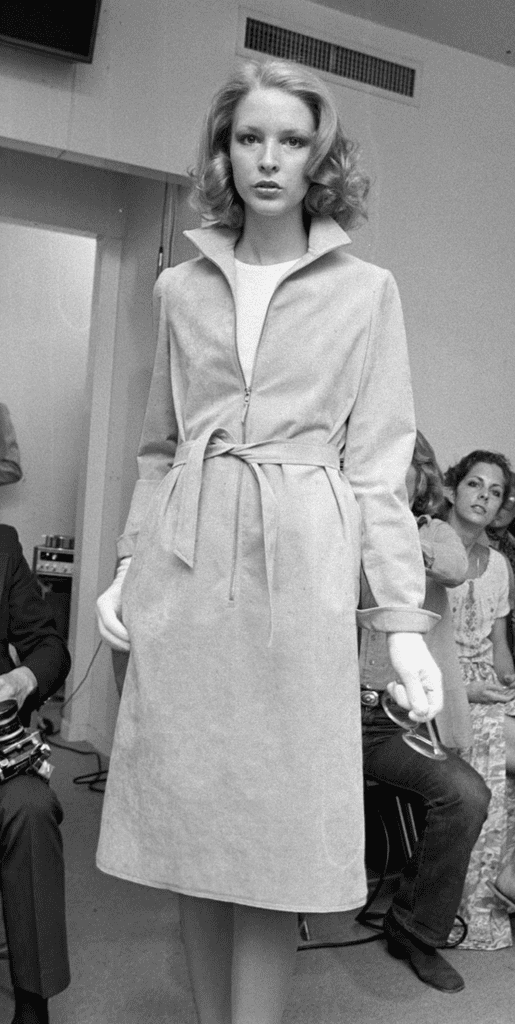
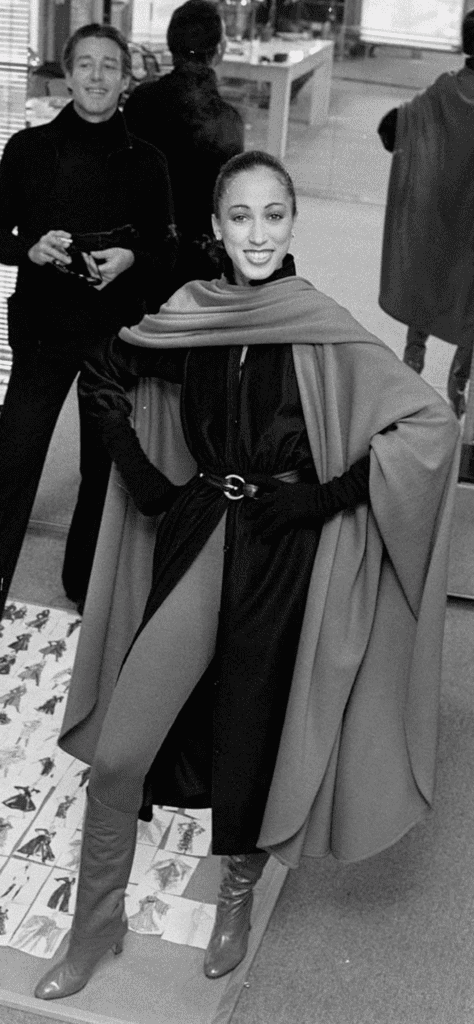
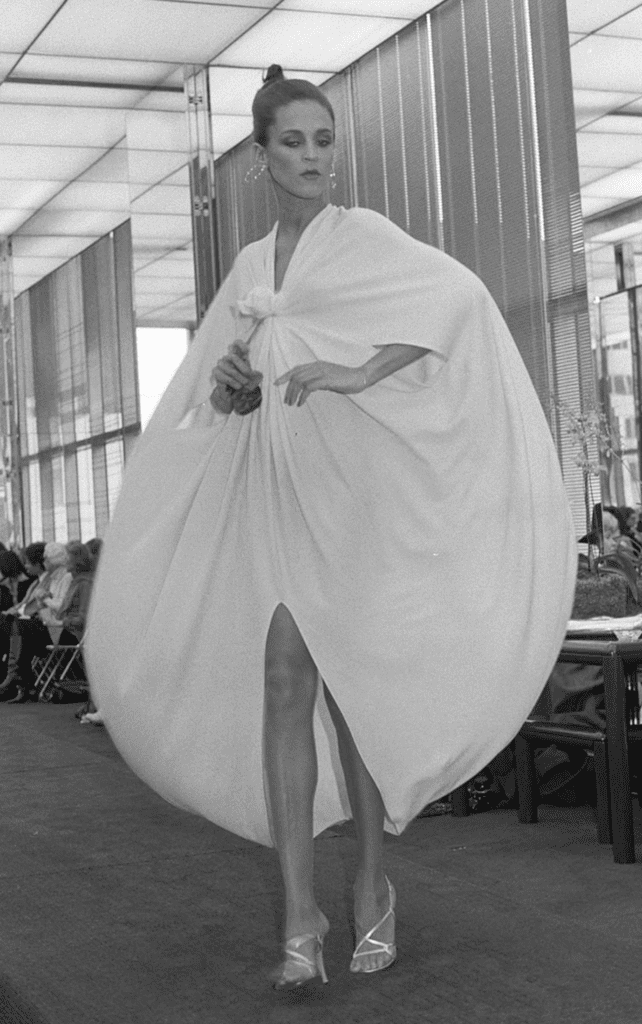
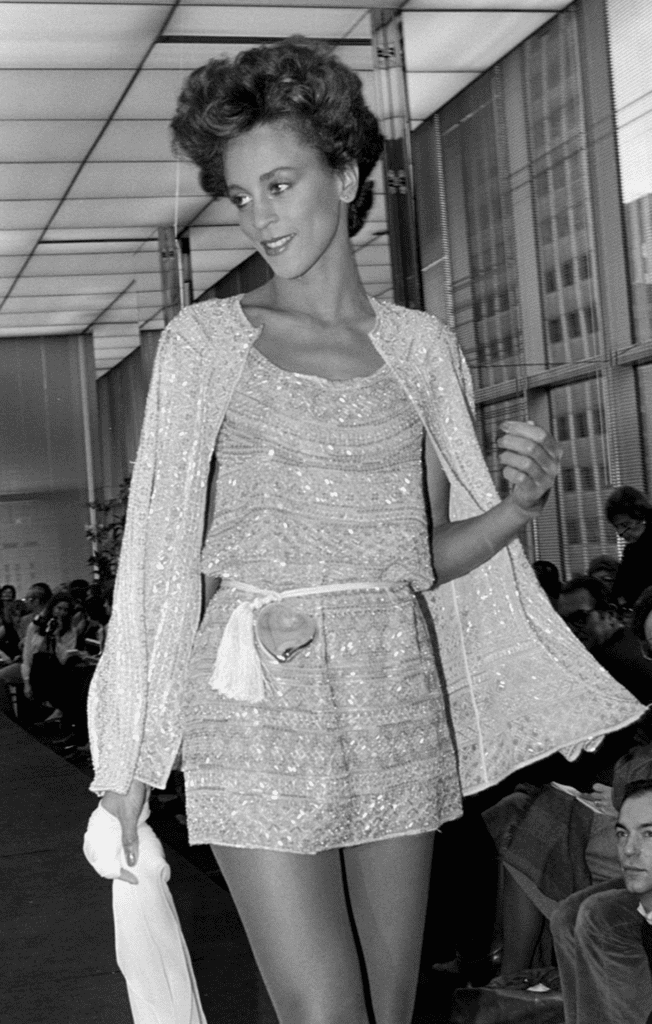
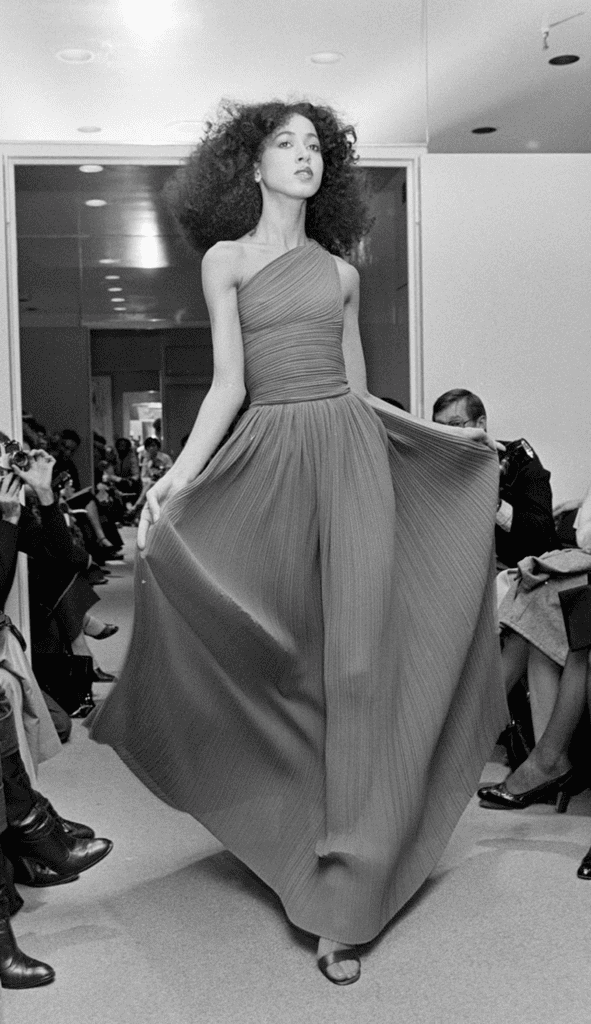
Halston launched his first ready-to-wear line, Halston Limited, in 1969.
Halston’s design was usually simple, minimalist yet sophisticated, glamorous and comfortable at the same time.
Halston liked to use soft, luxurious fabric like silk and chiffon.
He later told Vogue that he got rid of “…all of the extra details that didn’t work—bows that didn’t tie, buttons that didn’t button, zippers that didn’t zip, wrap dresses that didn’t wrap. I’ve always hated things that don’t work.”
Halston changed the fitted silhouette and showed the female body shape by allowing the natural flow of the fabric to create its own shape.
Halston said “Pants give women the freedom to move around they’ve never had before. They don’t have to worry about getting into low furniture or low sportscars.
Pants will be with us for many years to come—probably forever if you can make that statement in fashion.”
Halston’s boutique drew celebrity clients like Greta Garbo, Babe Paley, Anjelica Huston, Gene Tierney, Lauren Bacall, Margaux Hemingway, Elizabeth Taylor, Bianca Jagger and Liza Minnelli (both Jagger and Minnelli would become close friends).
From 1968 to 1973, his line earned an estimated $30 million.
In 1973, Halston sold his line to Norton Simon, Inc. for $16 million but remained its principal designer.
This afforded him creative control with near unlimited financial backing.
In 1975, Max Factor released Halston’s first namesake fragrance for women.
By 1977, sales from the perfume had generated $85 million.
Throughout the 1970s, Halston had expanded his line to include menswear, luggage, handbags, lingerie and bedding.
American Fashion Designer Halston – Vogue later noted that Halston was responsible for popularizing caftans, which he made for Jacqueline Kennedy; matte jersey halter top dresses; and polyurethane in American fashion.
American Fashion Designer Halston – Personal
American Fashion Designer Halston – In 1983, Halston signed a six-year licensing deal worth a reported $1 billion with retail chain J. C. Penney.
The line, called Halston III, consisted of affordable clothing, accessories, cosmetics and perfumes ranging from $24 to $200.
At the time, the move was considered controversial, as no other high-end designer had ever licensed their designs to a mid-priced chain retail store.
While Halston was excited about the deal and felt that it would only expand his brand, the deal damaged his image with high-end fashion retailers who felt that his name had been “cheapened”.
Bergdorf Goodman at the time dropped his Halston Limited line from their store shortly after plans for Halston III were announced.
In 1983, Halston Limited, which was owned by Norton Simon, Inc., was acquired by Esmark Inc.
After the acquisition, Halston began to lose control over his namesake company and grew frustrated.
As the label changed hands (it would be owned by Playtex International, Beatrice Foods and four other companies), Halston continued to lose control and, by 1984, was banned from creating designs for Halston Enterprises.
He attempted to buy back his company through protracted negotiations.
Halston Enterprises was eventually acquired by Revlon in 1986.
Halston was paid a salary by Revlon but had stopped designing clothing for the company.
He continued designing for family and friends, most notably Liza Minnelli and Martha Graham.
After his contract with Revlon expired, he was in talks to sign a new contract with the company but stopped negotiations after he learned that Revlon planned to continue the line without his input.
The line continued on with various designers until 1990, when Revlon discontinued the clothing portion of the line but continued selling Halston perfumes.
Through headline-grabbing stunts – he was responsible for Jagger riding a white horse around Studio 54 at the height of the nightclub’s notoriety – he cemented his position as America’s best-known designer. .
American Fashion Designer Halston – According to Wealthy Genius, Halston was worth $100 million at the time of his death in 1990 – around $204m in today’s money.
Watch Harlan Coben on Netflix >>
What to Binge Watch on Netflix >>
What to Binge Watch on Amazon Prime >>
What to Binge Watch on HBO, Paramount + & Showtime >>

